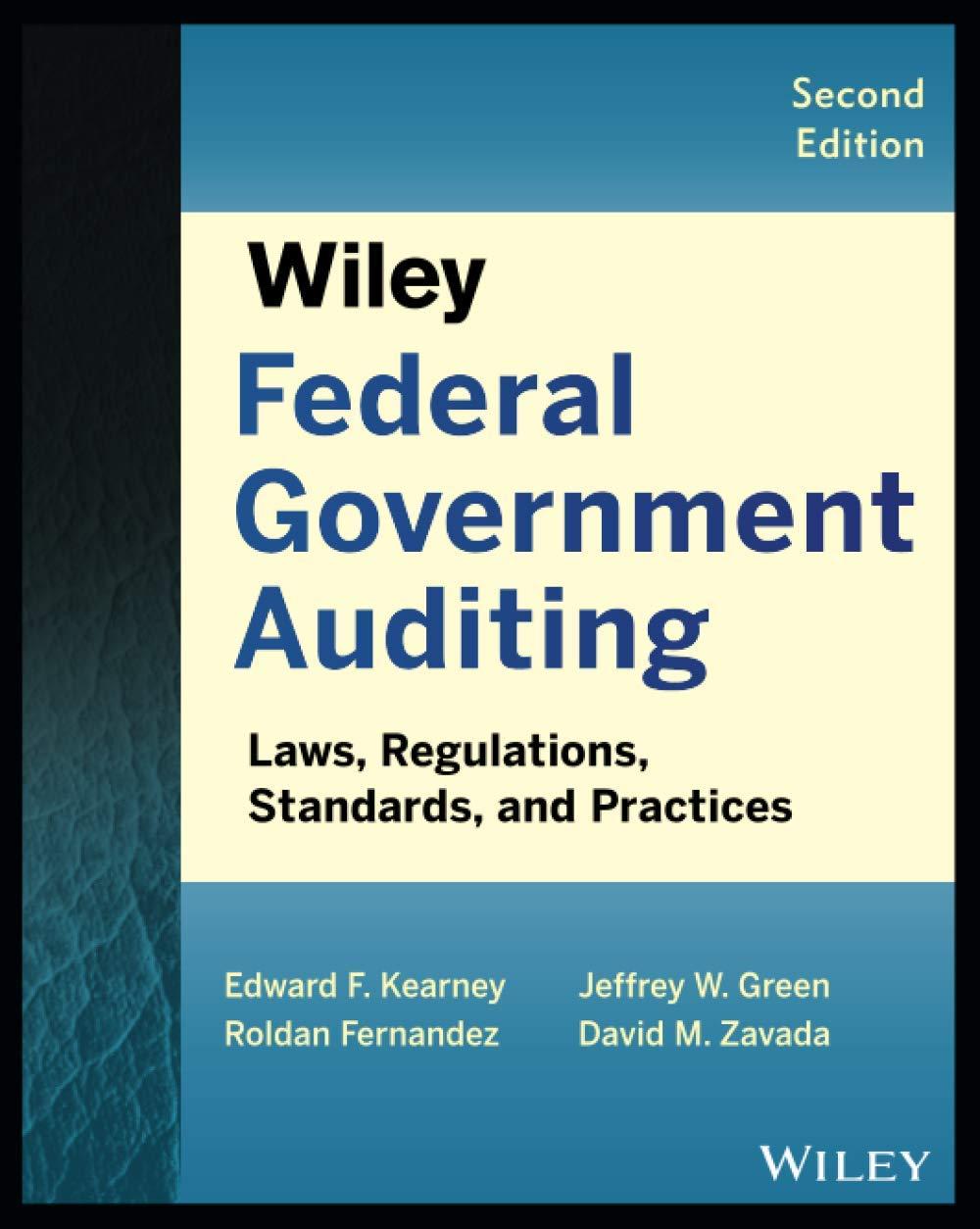Question
HARVEY CITY CHAPTER 4 REQUIREMENTS Enter the beginning (January 1, 20X4) trial balance of the General Fund of Harvey City in a General Fund worksheet.
HARVEY CITY CHAPTER 4 REQUIREMENTS Enter the beginning (January 1, 20X4) trial balance of the General Fund of Harvey City in a General Fund worksheet. (A different solution approach may be used if desired by your professor.) The worksheet (which is similar to Illustration 4-13) may be set up as follows: The first column should be used for account titles. Columns 2 and 3 should be the debit and credit columns, respectively, for the beginning trial balance of the General Fund. Column 4 of the worksheet should be a reference column to tie the journal entry debits to the transaction number in this problem. Columns 5 and 6 are the debit and credit columns in which the 20X4 transactions and events of the Harvey City General Fund are to be recorded. Add rows as necessary to provide sufficient room for all transactions. (The solution template should have the proper number of rows.) Column 7 of the worksheet should be a reference column to tie the journal entry credits to the transaction number in this problem. Columns 8 and 9 are for the preclosing trial balance of the Harvey City General Fund. They will be used in Chapter 6. Columns 10 and 11 are to be used to close the nonbudgetary accounts of Harvey City. These columns also will contain all balances that are to be reported in the General Fund statement of revenues, expenditures, and changes in fund balances. Columns 12 and 13 are to be used for the postclosing trial balance (balance sheet data). All asset, deferred outflow, liability, deferred inflow, and fund balance amounts should be entered here from the trial balance columns. The differences between the closing entry columns and the balance sheet columns should be equal to each other and to the net change in fund balances of the General Fund. This amount should be entered in the smaller of the closing entry columns and the smaller of the balance sheet columns. (If the closing entry debit column is smaller, the balance sheet credit column should be smallerand vice versa.) Enter the effects of the following transactions and events in the appropriate columns of the worksheet. (Again, a different solution approach may be used if desired by your professor.) HARVEY CITY GENERAL FUND TRIAL BALANCE The trial balance of the General Fund of Harvey City at January 1, 20X4, was: Harvey City General Fund Trial Balance January 1, 20X4 Debit Credit Cash $1,000,000 Investments 480,000 Taxes ReceivableDelinquent 160,000 Allowance for Uncollectible TaxesDelinquent $ 20,000 Interest and Penalties Receivable 54,500 Allowance for Uncollectible Interest and Penalties 17,500 Accrued Interest Receivable 2,000 Inventory of Materials and Supplies 53,000 Accrued Salaries Payable 50,000 Vouchers Payable 112,000 Deferred Revenues 100,000 Due to Internal Service Fund 8,000 Fund Balance 1,442,000 Totals $1,749,500 $1,749,500 HARVEY CITY GENERAL FUND BUDGET The General Fund budget for 20X4 was adopted by the city council. The city budgets on the modified accrual basis. Transfers are not budgeted. The adopted budget is presented here: Estimated Revenues: Taxes $1,500,000 Interest and penalties 15,500 Licenses and permits 122,000 Fines and forfeitures 50,000 Intergovernmental grants 300,000 Investment income 45,000 Total estimated revenues $2,032,500 Appropriations: General government $ 260,000 Public safety 868,000 Highways and streets 290,000 Health and sanitation 215,000 Parks and recreation 330,000 Total appropriations 1,963,000 Budgeted excess of revenues over appropriations $ 69,500 HARVEY CITY GENERAL FUND TRANSACTIONS20X4 Record the budget. (You may use a single Estimated Revenues account and a single Appropriations account.) Reestablish the encumbrances of $19,000 that were closed at the end of last year. The city levied its general property taxes for the year of $1,580,000. The city estimates that $30,000 of the taxes will prove uncollectible. Record the taxes assuming the city will collect the remaining balance later during the fiscal year. The city collected $1,300,000 of property taxes before the due date for taxes. The remainder of the taxes receivable became delinquent. The city received and vouchered the materials and supplies that were on order from the previous year. The actual cost equaled the estimated cost of these materials and supplies, $19,000. The city records expenditures for materials and supplies when they are consumed. A perpetual inventory system is used. The city collected $200,000 when investments matured and also collected the following General Fund revenues during the year: Fines and forfeitures $ 48,480 Unrestricted grants from the state 346,200 Licenses and permits 122,460 Interest revenue from investments (including $2,000 accrued at the end of 20X3) 42,000 Total $ 559,140 The city incurred and paid salary expenditures as follows: Accrued salaries payable, January 1 $ 50,000 General government 180,000 Public safety 580,000 Highways and streets 175,000 Health and sanitation 150,000 Parks and recreation 220,000 Total $1,355,000 The city ordered General Fund materials and supplies as follows: General government $ 10,000 Public safety 40,000 Highways and streets 75,000 Health and sanitation 40,000 Parks and recreation 30,000 Total $ 195,000 Billings were received from the Water and Sewer Enterprise Fund as follows: General government $ 900 Public safety 13,500 Highways and streets 3,300 Health and sanitation 2,900 Parks and recreation 1,900 Total $ 22,500
Step by Step Solution
There are 3 Steps involved in it
Step: 1

Get Instant Access to Expert-Tailored Solutions
See step-by-step solutions with expert insights and AI powered tools for academic success
Step: 2

Step: 3

Ace Your Homework with AI
Get the answers you need in no time with our AI-driven, step-by-step assistance
Get Started


